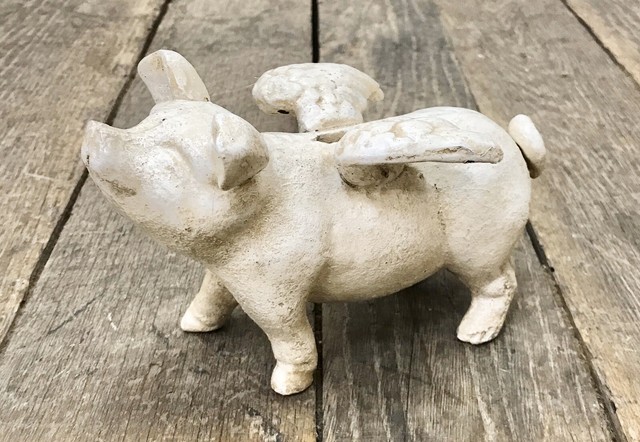
This happens when the kettle is heated over a charcoal fire until glowing hot. Other considerations when purchasing a cast-iron kettleĪn authentic Japanese tetsubin traditionally has a special oxidized coating. Because of this, some tea connoisseurs like to brew water for tea with an old-fashioned kettle. This means that tea brewed with water from a tetsubin is sweeter and more mellow than tea brewed in another fashion. That is because the high iron content of the tea kettle helps remineralize the water making it softer. How is a Tetsubin different from a regular tea kettle?Ĭast iron tea kettles are great for enhancing your tea drinking experience. You can see the kettle is in a clay mold that was hand-made and is smash open after firing. The light is terrible but the picture is a great example of how a cast-iron kettle is made. Sand-molded kettles are significantly cheaper than clay-molded kettles. However, most ironworks now manufacture cast-iron kettles using sand molds. Today only bespoke kettles are made this way, and they can be expensive.

You cannot use them to heat water on the stovetop.įor information about the differences between cast iron teapots and cast iron kettles, check out this article. Enameled teapots are for steeping tea and not for boiling water. These are cast iron teapots - not kettles. Many kettles sold in the West often have an enameled finish on the inside but are sold as tetsubins. What is a cast iron tea kettle?Īn authentic cast iron tea kettle does not have an enamel lining. But they still make individual cast-iron kettles.

Iwachu manufacture products on a large scale. If you opt for flame-drying, go ahead and hit the pan with a small amount of oil, which will add another thin layer to your pan’s protective coat of seasoning.ĭII Cotton Terry Dishcloths, 6-Pack ($10.14 amazon.Iwachu cast-iron workers workbench. To the last point, dry your cast-iron pan immediately after washing, either with a dark-colored dish rag (dry a cast-iron pan one time with a white dishcloth and you will quickly learn why a dark one is a better choice for the job!) or by placing it on a low flame to dry. Put the pan in the dishwasherSoak the pan in waterLeave the pan to drip dry after washing Now, that doesn’t mean you should not use any water at all, but it does mean you should not do the following things when washing a cast-iron pan: While soap will not hurt your cast-iron pan, water will, because it will cause the metal to rust, and so that is the thing you should not use on a cast-iron pan. In his article on cleaning a cast iron, Gritzer notes that, “As those layers build up, the pan becomes increasingly protected against rusting (which, in its stripped-bare state, it will rapidly do just by sitting in the open air) while also developing the nonstick characteristics that make cast iron so useful.”īuried in there is a word that should replace “soap” in your lexicon of Things to Avoid When Cleaning Cast Iron, and that word is “rust” (but don’t worry if your pan does go rusty, we’ve got help for that too below). Good seasoning is smooth, clean, non-sticky and dry to the touch.”

It’s not greasy, it’s not gunky, it’s not thick with burned-on food debris. “It’s a coating of fat that has been polymerized (that’s geek-speak for transformed into a plastic-like coating). If that sounds like a radical departure from the old wisdom that said one must never use soap on a cast-iron pan so as not to disturb the pan’s seasoning, Gritzer explains the science behind his advice to break with tradition.

Scotch-Brite Non-Scratch Scrub Sponge Amazon Your CNN account Log in to your CNN account


 0 kommentar(er)
0 kommentar(er)
